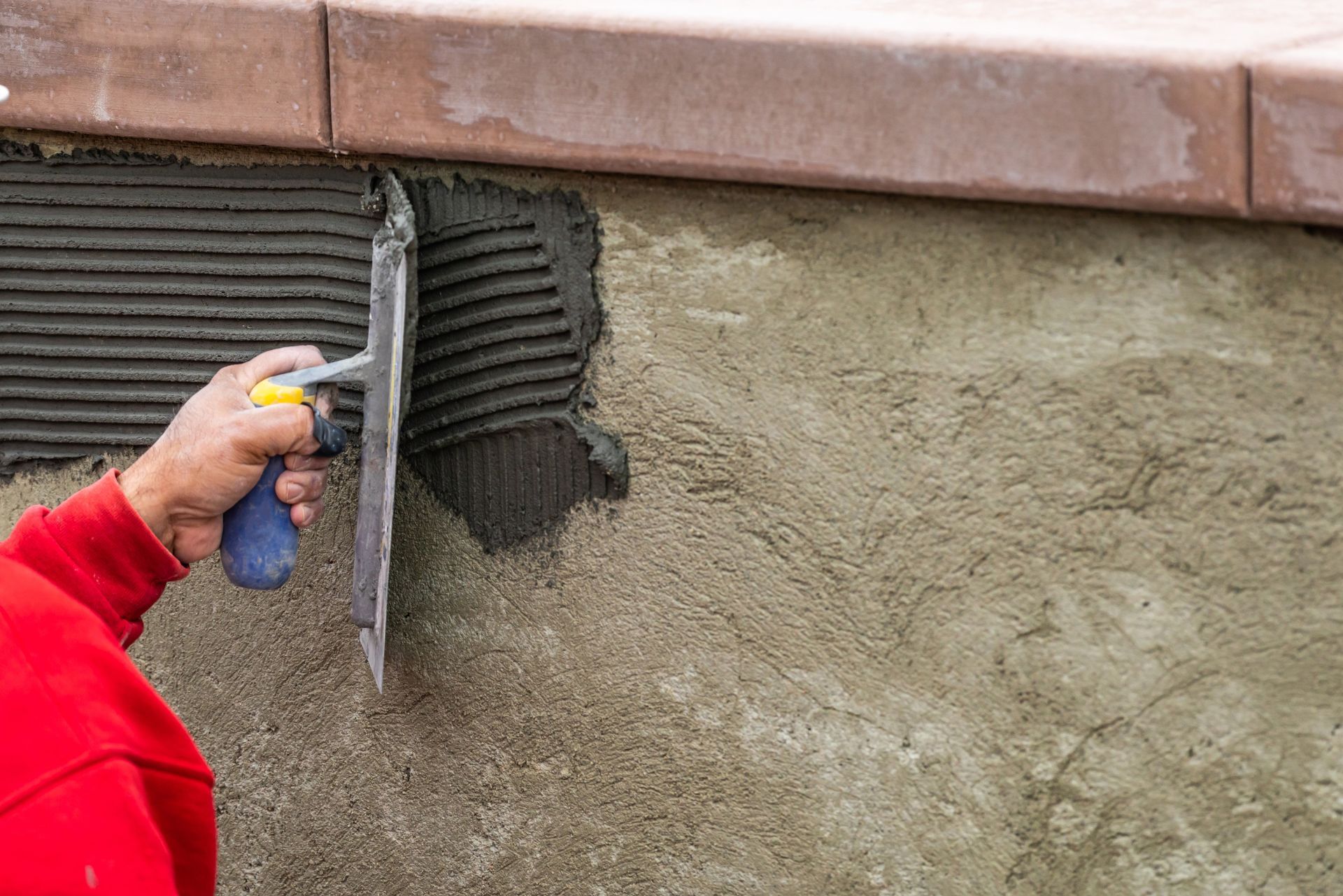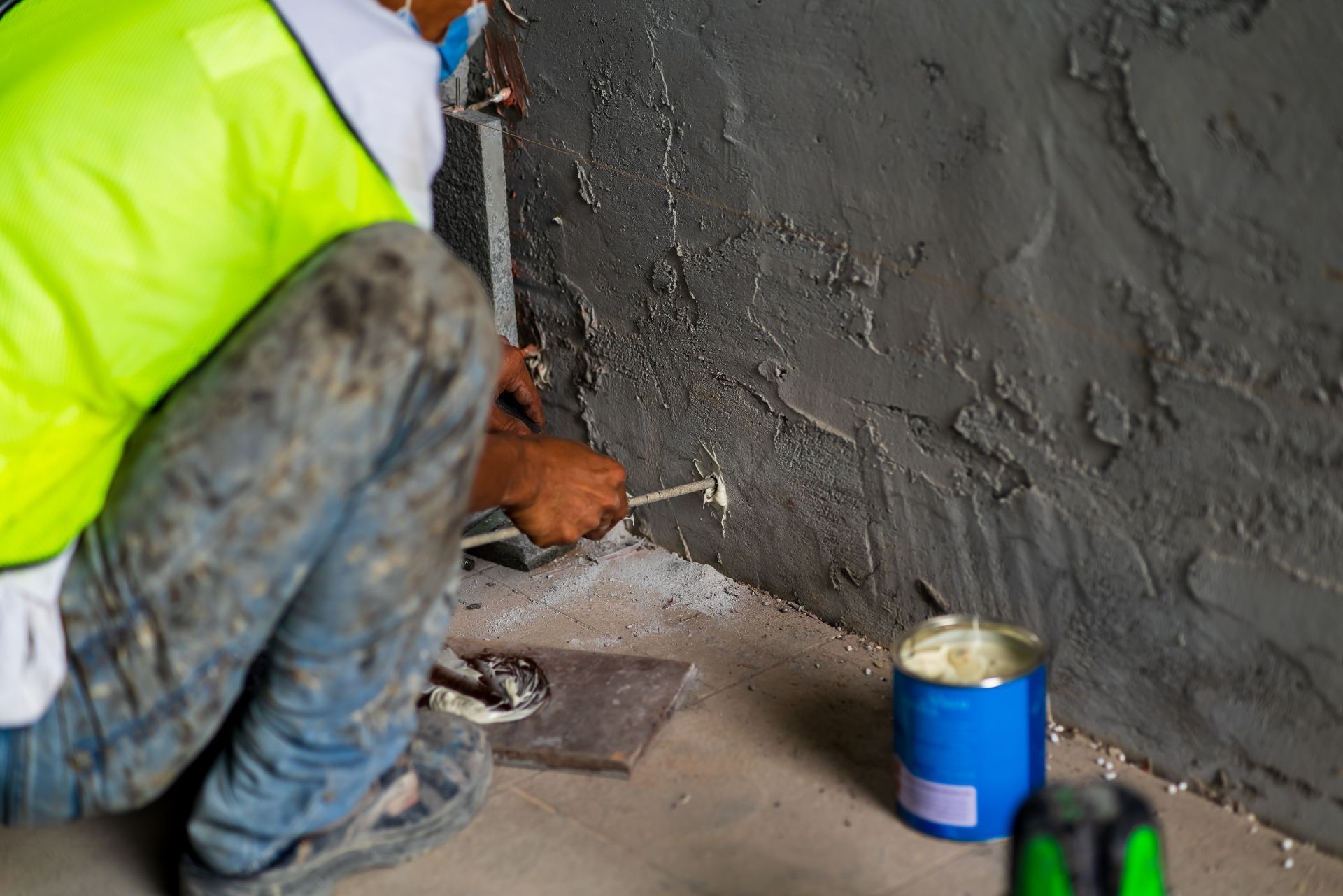Top 3 Recommended Policies

Operating a stucco and lath contracting business in California comes with unique challenges and risks. From handling hazardous materials to managing complex job sites, contractors face potential liabilities that can impact their operations and financial stability. Understanding the insurance landscape tailored specifically for stucco and lath contractors is essential to safeguard your business and ensure compliance with state regulations.
In this comprehensive guide, we’ll explore the key aspects of insurance for stucco and lath contractors in California, including relevant insurance types, premium rates, legal requirements, and recent industry developments. Whether you’re a seasoned contractor or just starting out, this article will provide you with the knowledge needed to make informed insurance decisions.
For those interested in detailed classification rates, the Workers' Compensation Insurance Rating Bureau of California (WCIRB) offers the latest pure premium rate information, which is a critical factor in calculating your workers' compensation premiums.
Understanding the Risks Faced by Stucco and Lath Contractors
Stucco and lath contractors operate in environments that inherently involve physical risks and potential property damage. Working with heavy materials, scaffolding, and sometimes hazardous substances exposes workers to injuries and accidents. Additionally, the nature of construction work means that property damage or defects can lead to costly legal claims. The physical demands of the job can also lead to long-term health issues, such as musculoskeletal disorders, which may not be immediately apparent but can significantly affect a contractor's workforce over time.
Insurance plays a vital role in protecting contractors from these risks. According to the Blackwell Insurance Agency, insurance coverage for stucco and plastering businesses is designed to provide financial protection against incidents including property damage, medical expenses, and legal costs. Without adequate insurance, a single accident or lawsuit could severely impact a contractor’s business sustainability. Furthermore, having comprehensive insurance can enhance a contractor's reputation, as clients often prefer to work with insured professionals who demonstrate a commitment to safety and accountability.
Common Risks in Stucco and Lath Contracting
Some of the most frequent risks include:
- Worker injuries from falls or equipment accidents
- Property damage caused during installation or repair
- Claims arising from construction defects or faulty workmanship
- Environmental hazards related to treated wood waste and other materials
Understanding these risks helps contractors determine the right types and levels of insurance coverage necessary for their operations. Moreover, it is essential for contractors to stay updated on safety regulations and best practices in the industry. Regular training sessions for employees can significantly reduce the likelihood of accidents and ensure that everyone is aware of the proper handling of materials and equipment. Additionally, implementing a robust safety program not only protects workers but also fosters a culture of safety that can lead to increased productivity and morale on the job site.
Key Insurance Types for Stucco and Lath Contractors in California
Stucco and lath contractors typically require a combination of insurance policies to fully protect their business interests. Here are some of the most important types:
1. Workers' Compensation Insurance
Workers' compensation insurance is mandatory for most California employers and covers medical expenses and lost wages for employees injured on the job. For lathing contractors, the latest pure premium rate is $4.78 per $100 of payroll as of September 1, 2024, according to the WCIRB. This rate is a key factor in calculating your overall workers' compensation costs. Additionally, it is essential for contractors to foster a safe working environment to mitigate risks and potentially lower their premiums over time. Implementing regular safety training and maintaining equipment can significantly reduce the likelihood of workplace injuries, which not only protects employees but also enhances the contractor's reputation in the industry.
2. General Liability Insurance
General liability insurance protects against third-party claims for bodily injury, property damage, and legal defense costs. For plastering and stucco contractors in California, premiums typically range based on annual revenue. For example, businesses with $50,000 in revenue might pay an average of 6.0% of their revenue in premiums, while those with $500,000 in revenue might pay around 4.2%, according to ContractorNerd. This insurance is crucial for protecting against claims that could arise from accidents on job sites, such as a passerby tripping over equipment or damage to a client's property during the work process. It not only safeguards the contractor's finances but also provides peace of mind, allowing them to focus on delivering quality workmanship without the constant worry of potential lawsuits.
3. Commercial Auto Insurance
Many stucco and lath contractors rely on vehicles to transport materials and equipment. Commercial auto insurance covers damages and liability related to business vehicle use, protecting contractors from financial losses due to accidents. This type of insurance is particularly important in California, where traffic can be unpredictable and accidents are common. Contractors should also consider the specific needs of their business vehicles, such as coverage for specialized equipment that may be stored in the vehicle or liability for employees driving company cars. By ensuring comprehensive coverage, contractors can avoid significant out-of-pocket expenses in the event of an accident, which could otherwise jeopardize their business operations.
4. Professional Liability Insurance
Also known as errors and omissions insurance, this coverage protects contractors against claims of negligence or failure to perform professional duties. It is particularly relevant when dealing with design or consulting aspects of stucco and plastering work. In a competitive market, the ability to demonstrate professional integrity and responsibility can set a contractor apart. This insurance not only covers legal fees and settlements but also enhances a contractor's credibility with clients, as it shows a commitment to quality and accountability. Additionally, as projects become more complex, having professional liability insurance can provide an extra layer of protection against unforeseen issues that may arise, ensuring that contractors can navigate challenges without compromising their financial stability.

Industry Regulations and Recent Developments Impacting Contractors
Staying compliant with California’s construction industry regulations is crucial for stucco and lath contractors. The California Contractors State License Board (CSLB) plays a significant role in providing guidance and enforcing standards. With the ever-evolving landscape of construction laws, it is essential for contractors to remain vigilant and informed about changes that may affect their operations and legal responsibilities.
As of June 27, 2025, the CSLB issued an industry bulletin offering additional resources for contractors managing treated wood waste, a common material in construction projects. Proper handling and disposal of treated wood waste are essential to avoid environmental violations and potential fines. Contractors should review the bulletin available on the CSLB website to ensure compliance with the latest requirements. Additionally, understanding the implications of California’s stringent environmental regulations can help contractors implement best practices that not only comply with the law but also promote sustainability in their projects.
Moreover, the CSLB has been proactive in addressing issues related to worker safety and health regulations, which have become increasingly important in the wake of recent public health concerns. Contractors are encouraged to familiarize themselves with the latest safety protocols and training requirements to protect their workforce and minimize liability. Regular training sessions and updates on safety practices can significantly reduce the risk of accidents on job sites, leading to a more efficient and compliant operation.
Construction Defect Claims and Expert Services
Construction defect claims can be a significant concern for stucco and lath contractors, especially in residential and commercial projects. The California Construction Expert Witness Group provides specialized services such as site inspections and investigations that can help contractors navigate defect claims and protect their interests in legal disputes. Their expertise can be invaluable in identifying the root causes of defects, which can range from improper installation techniques to the use of substandard materials.
In addition to expert witness services, contractors should consider the benefits of proactive quality assurance measures throughout the construction process. Implementing thorough inspection protocols and maintaining detailed documentation can help mitigate the risk of defects and provide a solid defense should claims arise. Engaging with experienced professionals who specialize in construction law can also aid contractors in understanding their rights and responsibilities, enabling them to respond effectively to any claims and maintain a strong reputation in the industry.
Market Trends and Business Considerations for Stucco Contractors
The stucco industry in the United States has seen evolving trends influenced by construction demand, regional preferences, and regulatory changes. The Stucco Manufacturers Association’s report, "The U.S. Stucco Market," draws on data from the U.S. Census Bureau and other sources to provide insights into market dynamics across different regions.
For contractors in California, understanding these trends can help in strategic planning and risk management. For instance, increased demand in certain regions may lead to higher workloads but also greater exposure to risks, emphasizing the need for adequate insurance coverage.
Additionally, as the industry advances, contractors must stay informed about new materials, installation techniques, and environmental regulations that could impact their insurance needs and operational costs. Engaging with industry associations and monitoring reports like those from the Stucco Manufacturers Association can provide valuable insights.
Moreover, the growing emphasis on sustainability and energy efficiency in construction is reshaping the stucco market. Contractors are increasingly being called upon to incorporate eco-friendly materials and practices into their projects. This shift not only aligns with consumer preferences but also complies with stricter environmental regulations that many states are adopting. For instance, using recycled materials or implementing energy-efficient stucco systems can significantly enhance a contractor's appeal to environmentally conscious clients.
Furthermore, the rise of digital technology in the construction sector is transforming how stucco contractors operate. From project management software that streamlines scheduling and budgeting to advanced tools for virtual design and client presentations, technology is becoming an integral part of the contracting process. Embracing these innovations can lead to improved efficiency and customer satisfaction, ultimately providing a competitive edge in a crowded marketplace. As the industry continues to evolve, staying ahead of these technological trends will be crucial for contractors looking to thrive in the future.

Why Insurance is Essential for Stucco and Lath Contractors
Insurance is not just a regulatory requirement but a critical business tool for stucco and lath contractors. It provides a safety net that allows contractors to focus on delivering quality workmanship without the constant worry of financial devastation from accidents or lawsuits.
Both Blackwell Insurance Agency and Castro Property & Commercial Insurance Agency emphasize that insurance coverage protects contractors against property damage, medical expenses, and legal costs, which are common exposures in this line of work.
Moreover, having the right insurance coverage can enhance your business’s credibility with clients and subcontractors, potentially opening doors to larger projects and partnerships. Clients are often more inclined to work with contractors who can demonstrate that they are insured, as it reflects professionalism and a commitment to responsible business practices. This can be particularly important in competitive markets where trust and reputation play a significant role in securing contracts.
Balancing Cost and Coverage
While insurance premiums represent a significant expense, especially for smaller contractors, the cost of insufficient coverage can be far greater. It’s important to work with knowledgeable insurance providers who understand the stucco and lath industry to tailor policies that balance comprehensive protection with affordability. This means not only assessing the basic liability coverage but also considering additional options such as workers' compensation, equipment coverage, and even environmental liability, which can be crucial depending on the specific projects undertaken.
Furthermore, investing time in understanding the nuances of different insurance policies can lead to significant long-term savings. For instance, some policies may offer discounts for implementing safety training programs or for maintaining a good claims history. By proactively managing risks and demonstrating a commitment to safety, stucco and lath contractors can not only protect their business but also potentially reduce their insurance costs over time. This strategic approach to insurance can ultimately enhance the sustainability and profitability of their operations.
Conclusion: Protecting Your Stucco and Lath Business in California
Running a stucco and lath contracting business in California involves navigating a complex landscape of risks, regulations, and market trends. Insurance is an indispensable part of managing these challenges. By understanding the types of coverage available, current premium rates, and industry-specific risks, contractors can make informed decisions that protect their business and employees.
Staying up-to-date with regulatory developments such as the CSLB’s recent bulletins and leveraging expert resources for construction defect claims will further strengthen your business’s resilience.
Ultimately, investing in the right insurance coverage is not just about compliance—it’s about securing the future of your business in a competitive and demanding industry.
Contact Us
Phone
Location




